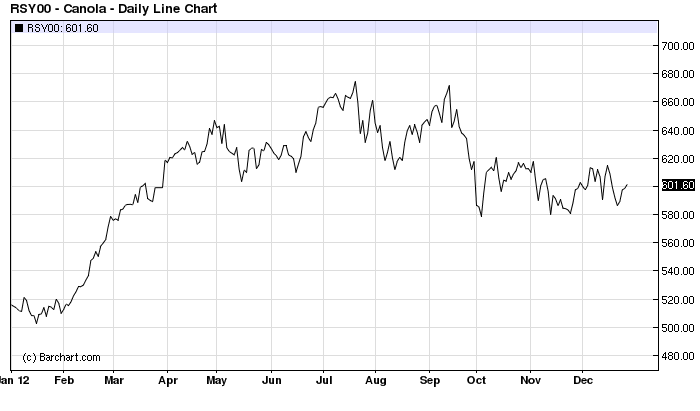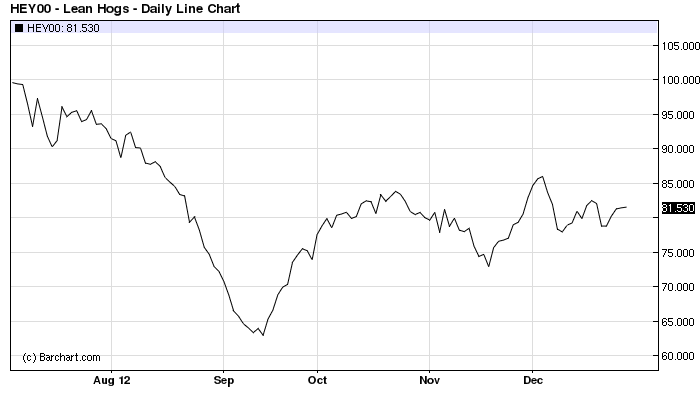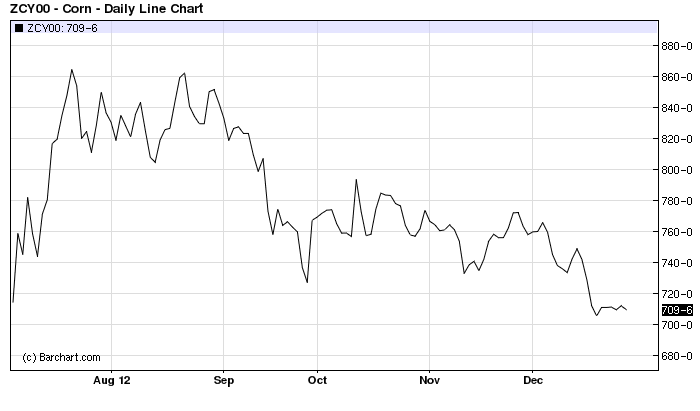So we’re a couple of days into January, and I’m only able now to look back on ’12 with any perspective. Late December is always too filled with social events, Mayan apocalypses, booze and everyone else’s end-of-year wrap-ups for me to think straight. But here, at the beginning of 2013, I’m finally able to look back and realize what an incredibly tumultuous year 2012 was.
Read Also

Farmer ownership cannot be seen as a guarantee for success
It’s a powerful movement when people band together to form co-ops and credit unions, but member ownership is no guarantee of success.
Explosive rally in crops; catastrophic collapse in pig profitability. That pretty much sums it up for me. If I was an American, I’d add-in Midwest drought, which was much of the cause of the rally and an additional source of pain and suffering for livestock producers south of the line, where hay, feed and pasture disappeared as prices soared. For Western Canadian farmers, the impact was almost entirely due to the explosive surge in feedgrain prices and the rise in other crop values. Most American farmers did OK because even with much-reduced yields, much-higher prices gave them survivable returns. For Canadian prairie farmers with average to high yields, profits appeared like never before.
For prairie crop farmers, a disappointment was the weakness of the canola rally compared to soybeans, but that once more demonstrated the underlying reality of canola: it’s mostly an oil crop, rather than a meal crop like soybeans. A compensation that almost every canola grower received was the more robust rally in his other crops, especially for wheat and barley. That hadn’t been predicted and was a nice, cheery surprise. All of a sudden, wheat didn’t seem like a crappy crop any longer. So much for being merely a rotation crop . . .
Prairie farmers generally benefitted greatly from the rally in prices with few significant production problems, allowing them to leap forward financially in 2012. For many, it was the year of all time record profitability.
It was the opposite situation for hog producers, especially Manitoba’s huge weanling hog industry. Once feedgrain prices shot high as feedgrain supplies fell short, thousands of American hog farmers chose to not refill their feeder barns with new animals and weanling producers witnessed the bottom falling out of the market, devastating many. Prices fell from mid-$30s per-pig to under-$10. Fortunately by the end of the year prices not only rebounded by shot above pre-drought levels as American farmers scrambled to fill idled barns. But it was one more proof of a truth the industry has come to learn painfully since 1998: hog industry profitability is wildly volatile and out of nowhere a collapse can destroy otherwise sound operations.
The two charts below show the source of the collapse in hog profits, and the eventual salvation.
Slumping hog prices plus surging corn prices meant $50 per pig losses for many producers for a couple months. Farmers not well financed and capitalized often went out of business.
What is 2013 going to bring us? Another Midwest drought? Another massive crop market rally? A decent crop and a crop market collapse? Huge profits in pork and beef production? More livestock collapses if feedgrain stocks get tighter? The year could realistically contain any of those scenarios, something I wouldn’t say of most years.
2013 and its outlook is what I’m calling analysts about this week. The past is done so let’s get on with the future, because that’s the only thing that has any real value to a farmer now.
But for this hour of this second day of January, I’m going to look back on a tumultuous 2012 and hope that years from now I can recall what it was like to live through one of the most incredible years in the last century of ag markets. We won’t see too many more like it.

















